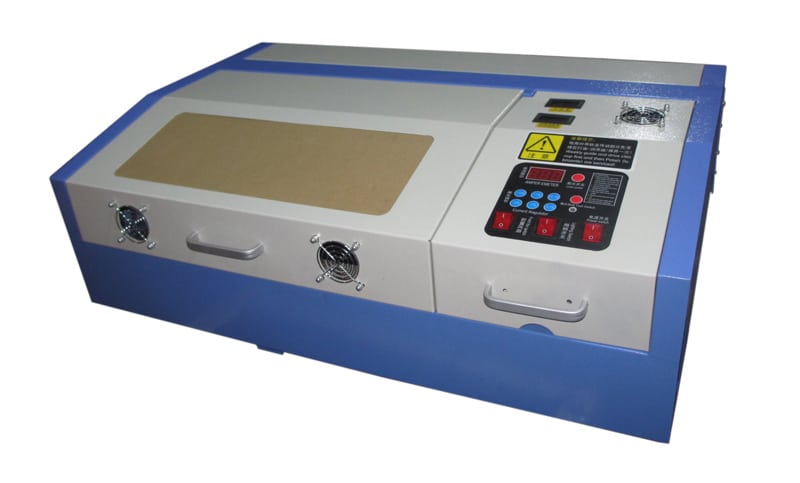

The main reason for this is that people with digital control panels and no milliammeter have overdriven their tubes and power supplies because they do not know how much current they are outputting to the tube. With the C3D, as shipped, there is a soft power limit that is set in config file. Once you set it to 15mA you can leave it alone after that because the controller and software take it from there.

The idea is to set the K40’s max power output to 15mA with by firing the laser and adjusting the power from the panel. Once you install a PWM controller the factory power controls becomes a way to set a hard power limit and does not have to be changed anymore. We will also assume the design and control software is LightBurn.

The C3D Mini is a drop in replacement for the M2 Nano and can be installed in about 15 minutes with, in most cases, no modifications to the machine and no special tools. With PWM controllers you can do true 3D engraving and the detail on photos and complex scans are much more refined.įrom here on out we will assume that we are talking about a K40 upgraded with a Cohesion3D Mini controller. This basically means the controller can continuously vary the laser power while the job is in process. Many choose to upgrade their stock controller with one that offers Pulse Width Modulated (PWM) laser power control. This limits the ability to do true 3D engraving and being able to bring out those subtle differences in photos or complex rasters. You set the power on the control panel and run the job at that specific power. On a stock K40 with an M2 Nano board there is only one power setting per job. It will provide helpful info that is expanded on here. If you have not read them yet please check them out before moving on to this article. So, in my other articles we covered the difference between Analog and Digital Control Panels (and why you need to add a current meter to a digital panel) as well as the difference between Analog and Digital DC Ammeters.


 0 kommentar(er)
0 kommentar(er)
